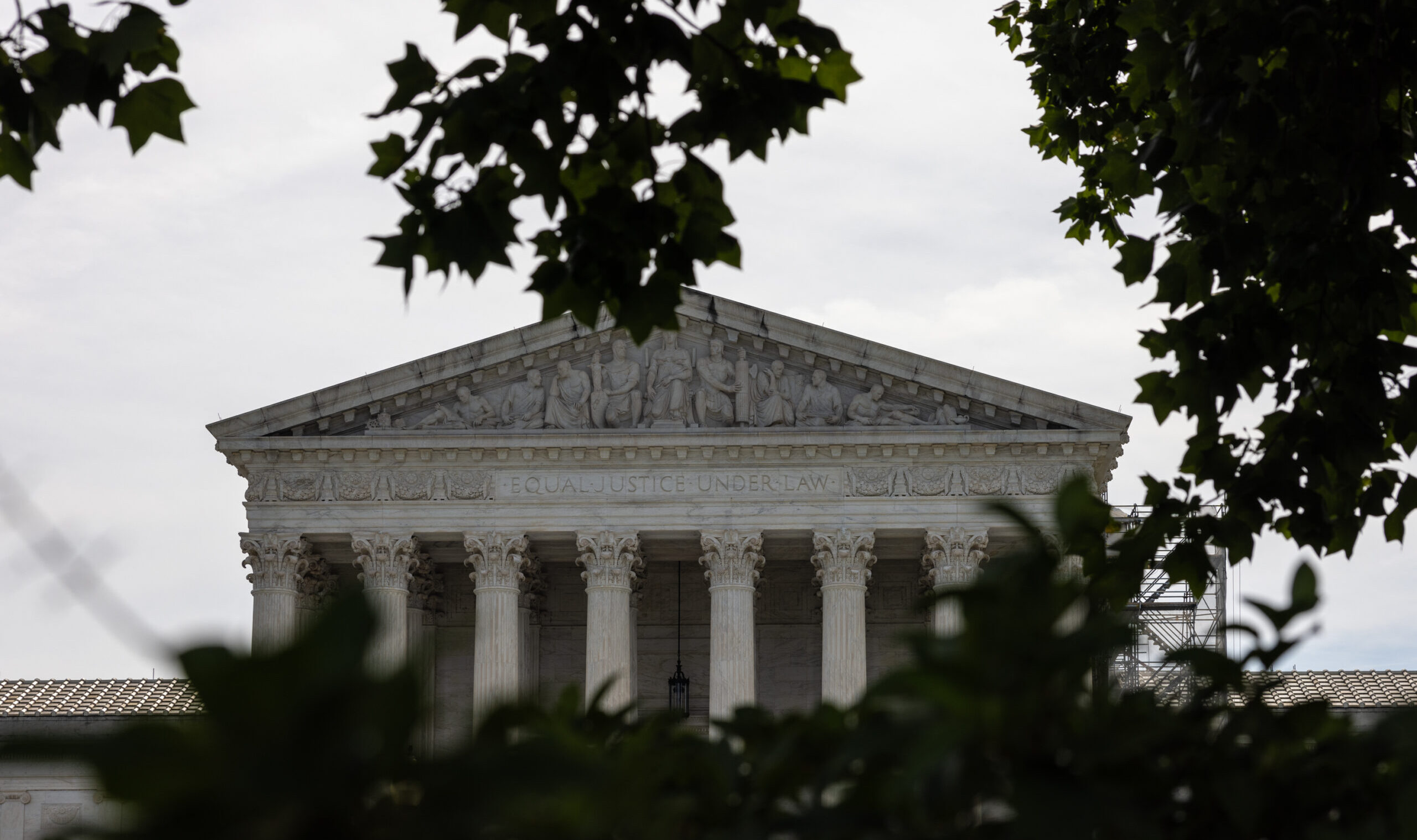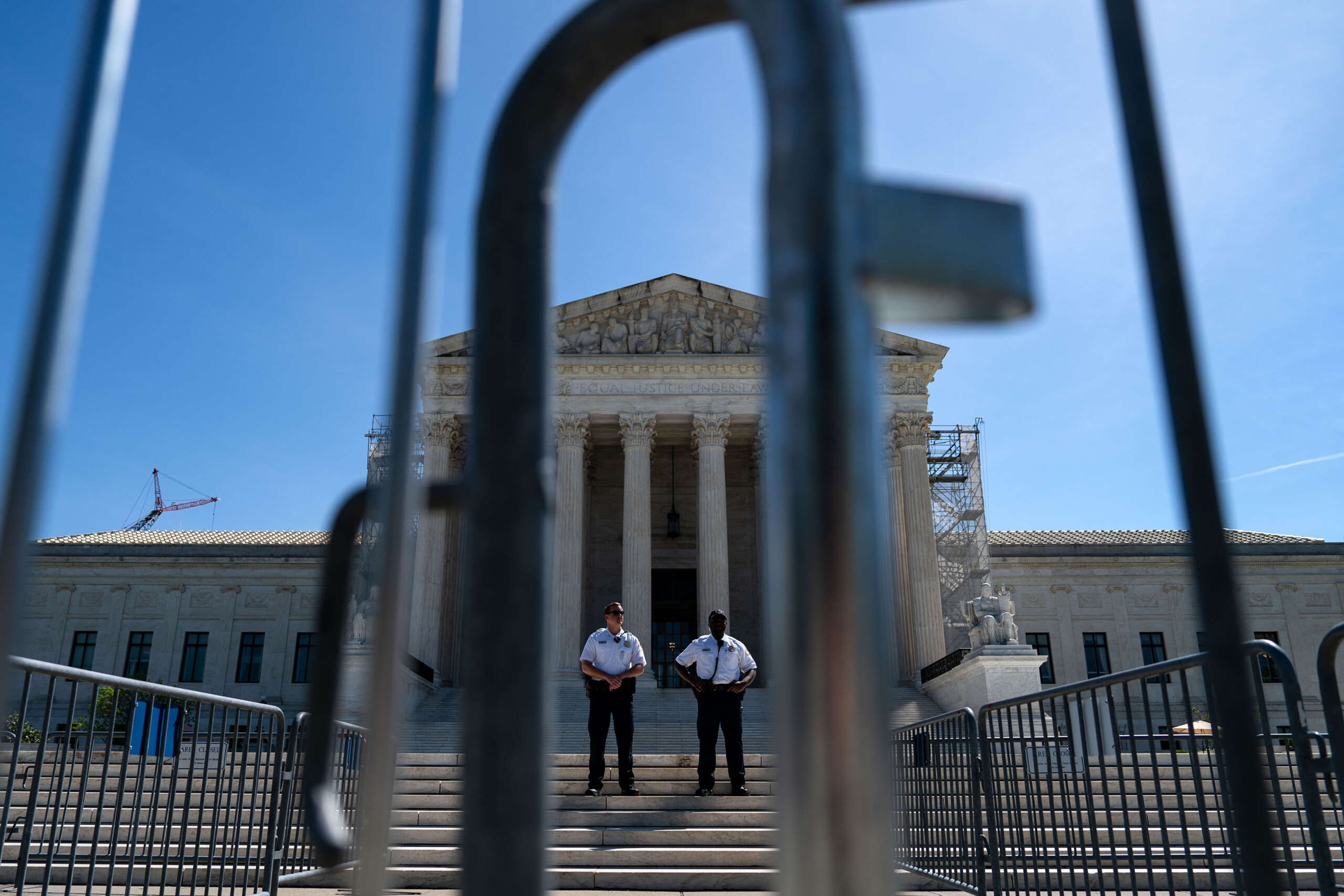Legal Implications of the Decision

Scotus overturns chevron – The Supreme Court’s decision in West Virginia v. EPA has significant implications for administrative law. The Chevron doctrine, which had previously granted deference to agency interpretations of ambiguous statutes, has been significantly weakened. This will make it easier for courts to overturn agency actions that they believe are unreasonable.
Chevron Doctrine and Judicial Deference, Scotus overturns chevron
The Chevron doctrine was established in 1984 in Chevron U.S.A., Inc. v. Natural Resources Defense Council, Inc. Under Chevron, courts were required to defer to agency interpretations of ambiguous statutes if those interpretations were reasonable. This deference was based on the principle that agencies have expertise in their particular areas and are therefore better equipped to interpret the statutes they administer.
In West Virginia v. EPA, the Court held that Chevron deference is no longer required. The Court reasoned that Chevron had led to agencies being able to exercise too much power and that courts needed to be more active in reviewing agency actions. The Court also noted that Chevron had not been consistently applied by the lower courts and that this had led to confusion and uncertainty in the law.
Legal Arguments Presented in the Case
The legal arguments presented in West Virginia v. EPA focused on the proper role of courts in reviewing agency actions. The petitioners argued that Chevron deference had allowed agencies to evade judicial review and that courts needed to be more active in ensuring that agencies were acting within their authority. The respondents argued that Chevron deference was necessary to ensure that agencies had the flexibility to carry out their mandates effectively.
The Court ultimately sided with the petitioners, holding that Chevron deference was no longer required. The Court’s decision was based on a number of factors, including the fact that Chevron had led to agencies being able to exercise too much power, that it had not been consistently applied by the lower courts, and that it was not necessary to ensure that agencies had the flexibility to carry out their mandates effectively.
Potential Implications for Future Administrative Law Cases
The decision in West Virginia v. EPA is likely to have a significant impact on future administrative law cases. It will make it easier for courts to overturn agency actions that they believe are unreasonable. This will give courts more power to review agency actions and ensure that agencies are acting within their authority.
The decision is also likely to lead to more litigation over agency actions. Parties who are unhappy with agency decisions will be more likely to challenge those decisions in court. This could lead to an increase in the number of administrative law cases that are filed.
Political and Policy Impacts

The Supreme Court’s decision in West Virginia v. EPA has significant political and policy implications. The case was brought by a group of states and coal companies seeking to overturn the Environmental Protection Agency’s (EPA) authority to regulate greenhouse gas emissions from power plants. The Court ruled in favor of the plaintiffs, holding that the EPA did not have the authority to regulate greenhouse gas emissions under the Clean Air Act.
The decision is a major setback for the Biden administration, which has made climate change a top priority. The administration had been counting on the EPA to regulate greenhouse gas emissions in order to meet its climate goals. The decision will make it more difficult for the administration to achieve those goals.
Implications for Environmental Regulation
The decision will also have a significant impact on environmental regulation more broadly. The Court’s ruling that the EPA does not have the authority to regulate greenhouse gas emissions under the Clean Air Act could make it more difficult for the agency to regulate other pollutants under the act. This could lead to increased air pollution and its associated health risks.
Implications for the Balance of Power Between the Executive and Judicial Branches
The decision also has implications for the balance of power between the executive and judicial branches. The Court’s ruling that the EPA does not have the authority to regulate greenhouse gas emissions under the Clean Air Act is a significant check on the power of the executive branch. It is a reminder that the judiciary has the power to overturn the actions of the executive branch when it believes that the executive branch has exceeded its authority.
Comparative Analysis: Scotus Overturns Chevron
The Chevron decision has drawn comparisons to similar cases in other jurisdictions, particularly in the European Union (EU). In the EU, the principle of judicial deference to administrative agencies is known as the “principle of subsidiarity.” This principle holds that the EU institutions should only act when it is more efficient or effective for them to do so than for individual member states.
The Chevron decision has been criticized by some scholars for giving too much deference to administrative agencies. They argue that this can lead to agencies being able to make decisions that are not in the best interests of the public. Others argue that the Chevron decision is necessary to ensure that agencies have the flexibility to make decisions in a complex and rapidly changing world.
The different approaches to judicial deference in various legal systems reflect the different values and priorities of those systems. In the US, there is a strong tradition of judicial deference to administrative agencies. This is due in part to the fact that the US has a very large and complex administrative state. In the EU, there is a greater emphasis on the rule of law and on the separation of powers. This has led to a more cautious approach to judicial deference in the EU.
The Chevron decision has implications for international law and comparative administrative law. It is likely to be cited in future cases in other jurisdictions as a precedent for giving deference to administrative agencies. It may also lead to a greater convergence of approaches to judicial deference in different legal systems.